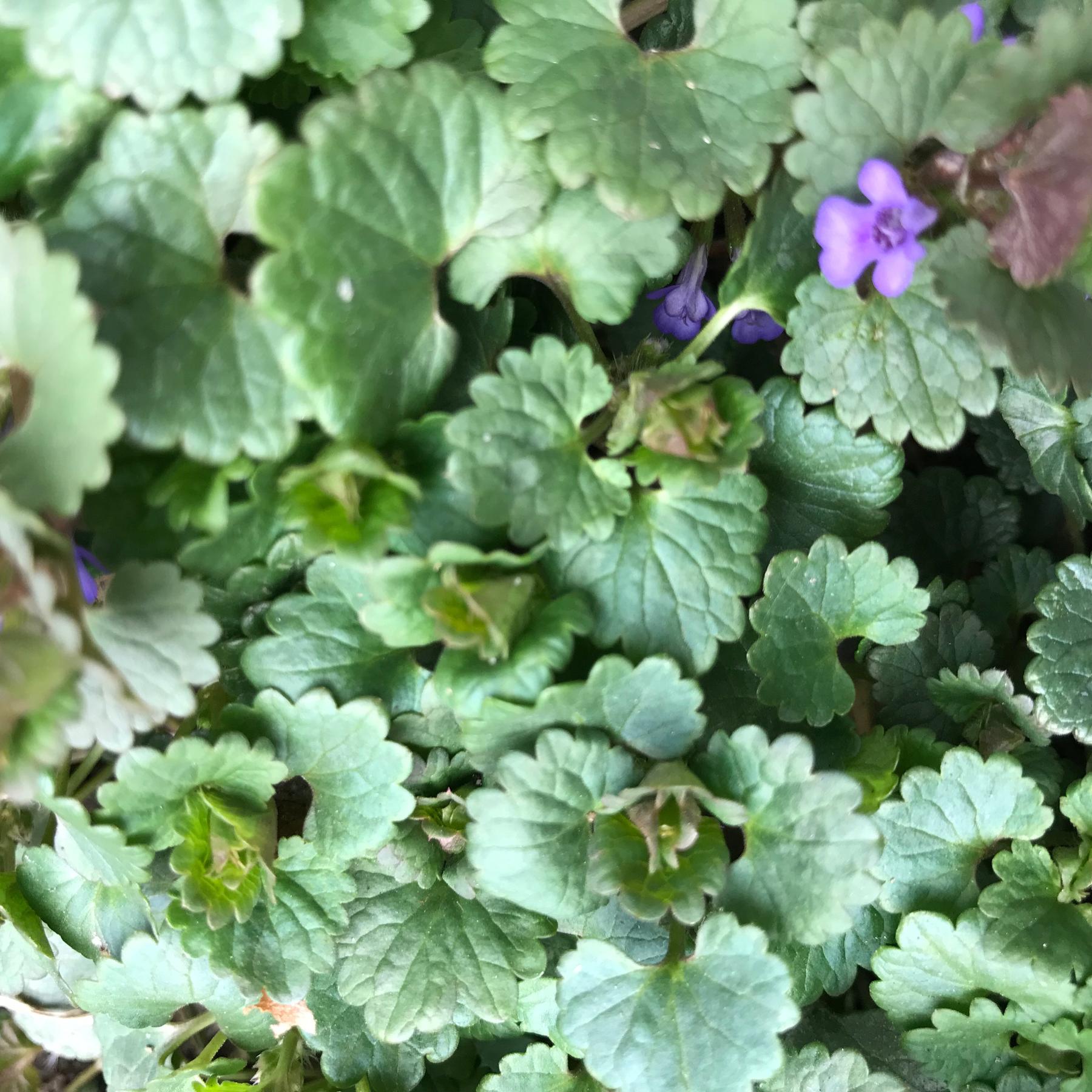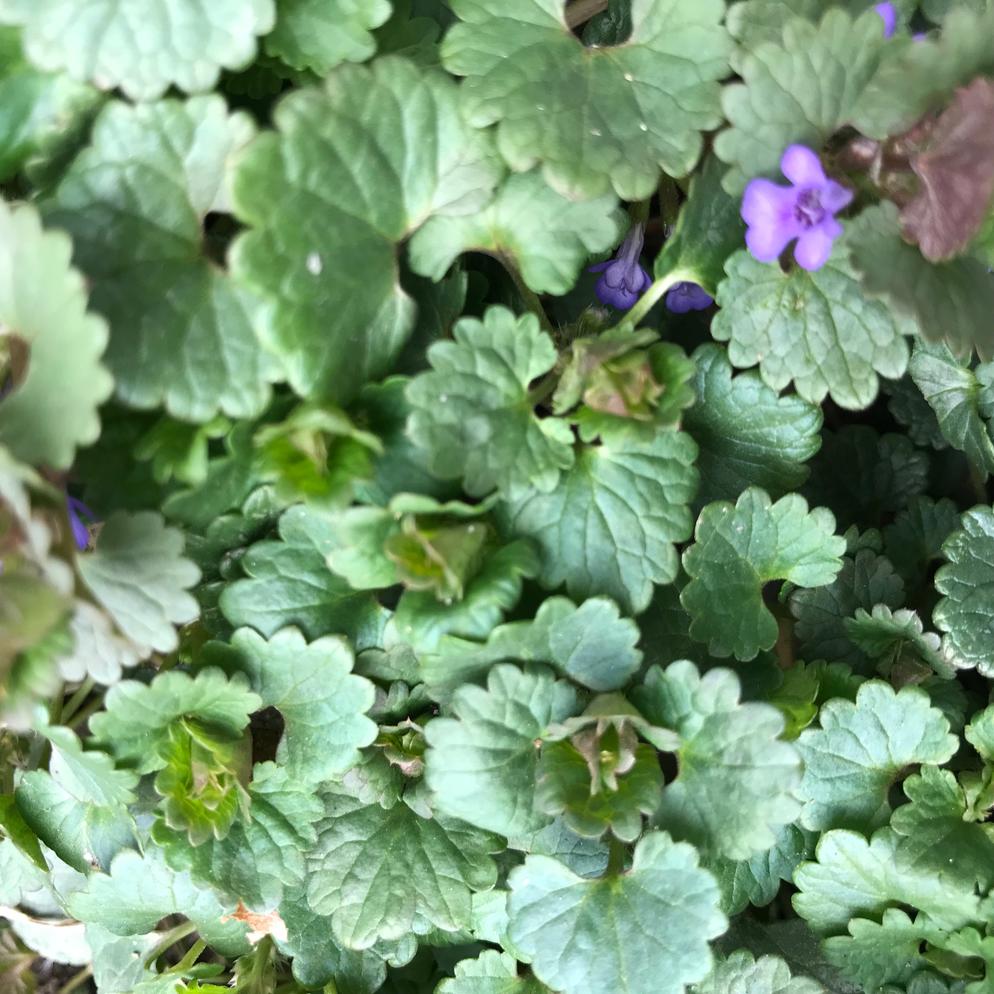Walking around my neighborhood it's clear that invasive species waking up! One of their survival strategies is that they pop up and leaf out earlier than most of our native plants in the springtime, getting the jump on our native plants and crowding them out. Now is the perfect time learn how to identify (and eat) them.
Safety notes:
- Don't eat these plants unless you are 100% certain on their ID. Check with the photos provided and the additional plant ID resources to make sure you've got the right plant.
- Be aware of your surroundings - don't harvest plants from the roadside or places where chemicals or pesticides could be present in the soil.
- Be COVID-19 safe: stay close to home and practice proper social distancing.
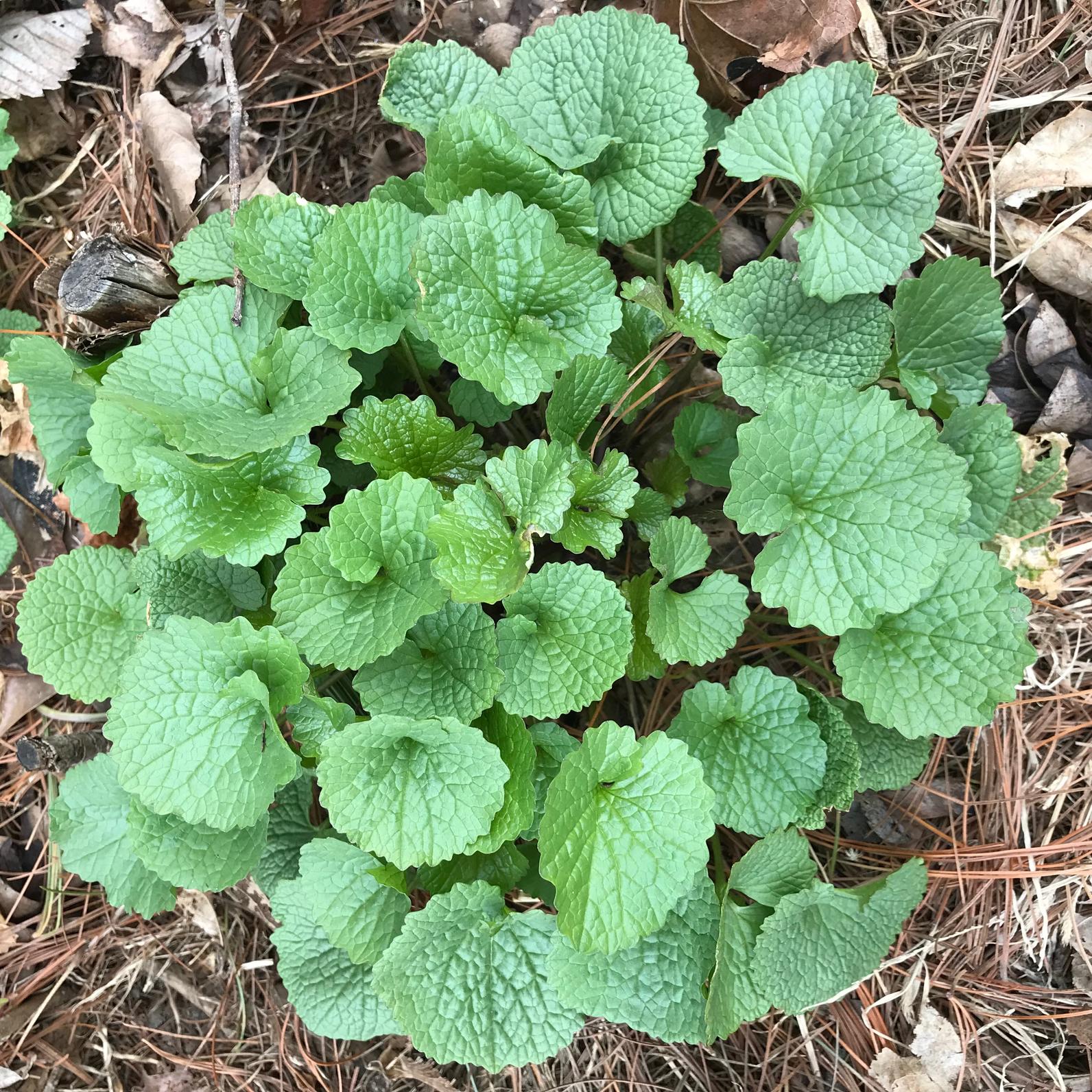
Garlic Mustard:
Once you recognize this plant you'll start to see it everywhere. It spreads aggressively along the ground and chokes out our spring ephemeral wildflowers. The dark green leaves have a mild, slightly bitter garlic flavor and can be used make pesto or cooked as a green.
Plant ID and photos: https://www.invasive.org/browse/subthumb.cfm?sub=3005
Recipe ideas: https://www.nytimes.com/2017/05/11/nyregion/garlic-mustard-evil-invasive-delicious.html
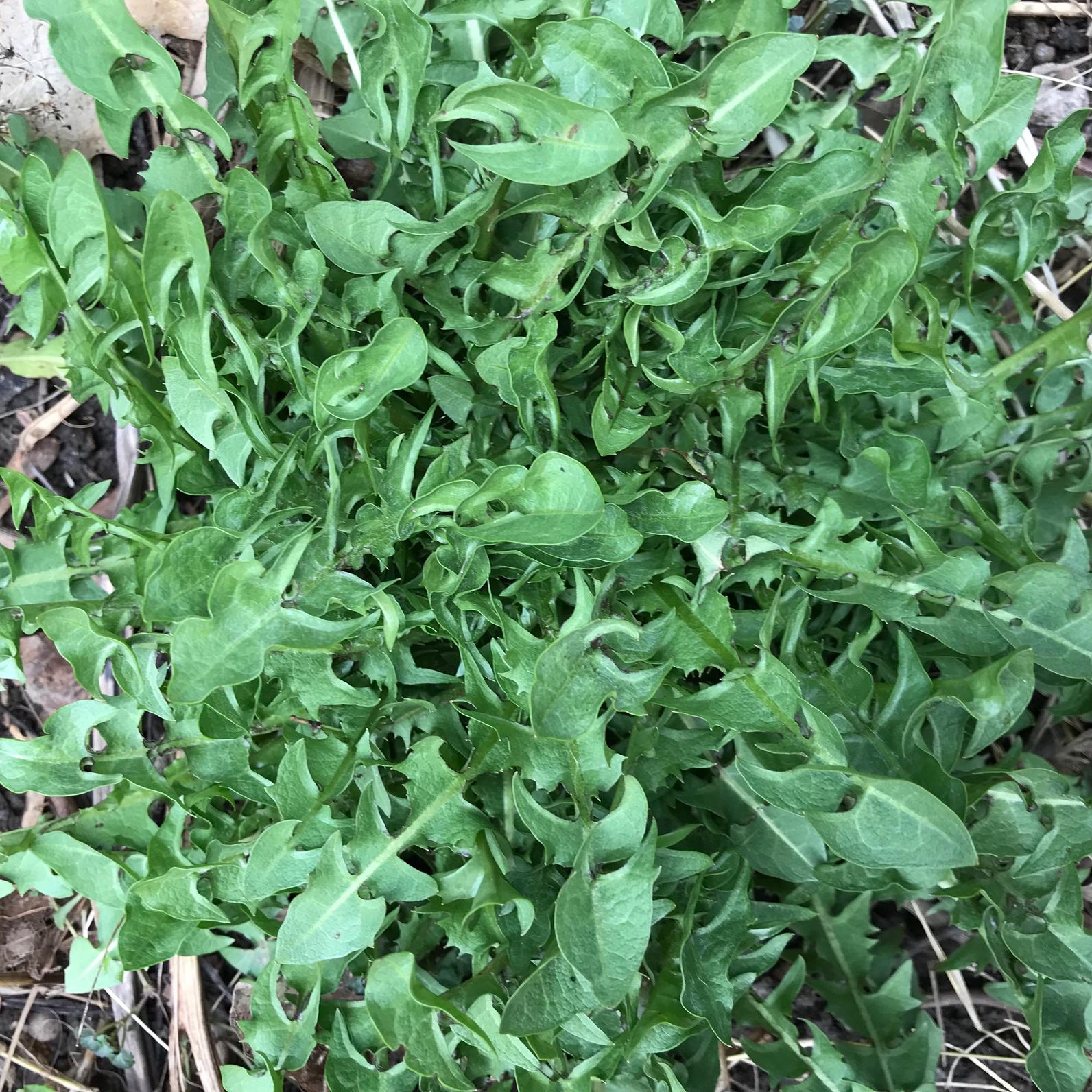
Dandelion:
This bitter green is such a welcome sign of spring. A tonic for the system. I'll admit that I actively spread dandelion seeds both for fun and to get more dandelion greens in my world!
Plant ID and photos: https://www.ediblewildfood.com/dandelion.aspx
Eating dandelions: https://www.bonappetit.com/story/eating-dandelions
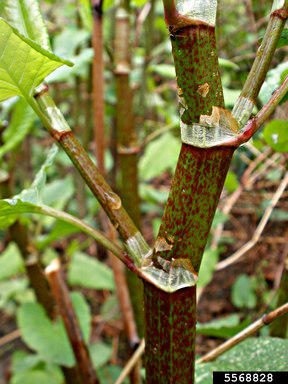
Japanese Knotweed:
This is a big one! Once you've found a patch of Japanese knotweed you're likely to have overwhelming supply of it. Just a small piece of knotweed can give rise to a new plant, making it easy for knotweed to spread along riverbanks and roadsides. Pick the young shoots right now and cook with them as you would use rhubarb.
Plant ID and photos: https://www.invasive.org/browse/subinfo.cfm?sub=19655
Recipes: https://www.bonappetit.com/test-kitchen/ingredients/article/japanese-knotweed-recipes
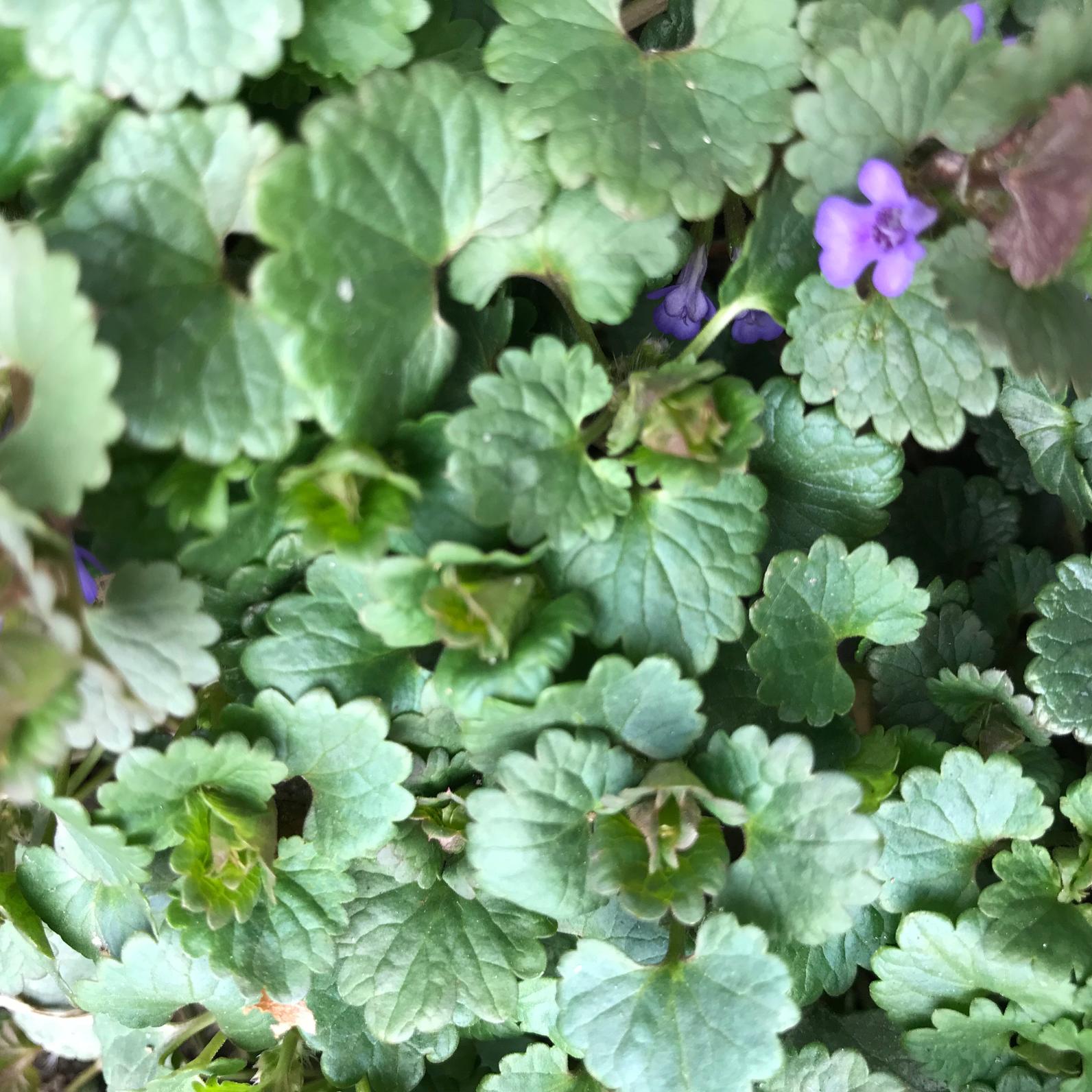
Ground Ivy:
This one is always creeping along the edges of my garden bed and into my plantings. It's a member of the mint family, so it has a pleasant smell when I pull it up. Its other common names are Creeping Charlie and Gill-Over-Ground.
Plant ID and photos: https://www.invasive.org/browse/subinfo.cfm?sub=3026
More info/recipes: https://www.ediblewildfood.com/creeping-charlie.aspx
These are just a few of the many wild, edible weeds and invasive plants in the Vermont landscape. If you'd like to learn more about invasive species in Vermont, visit: https://www.vtinvasives.org/

